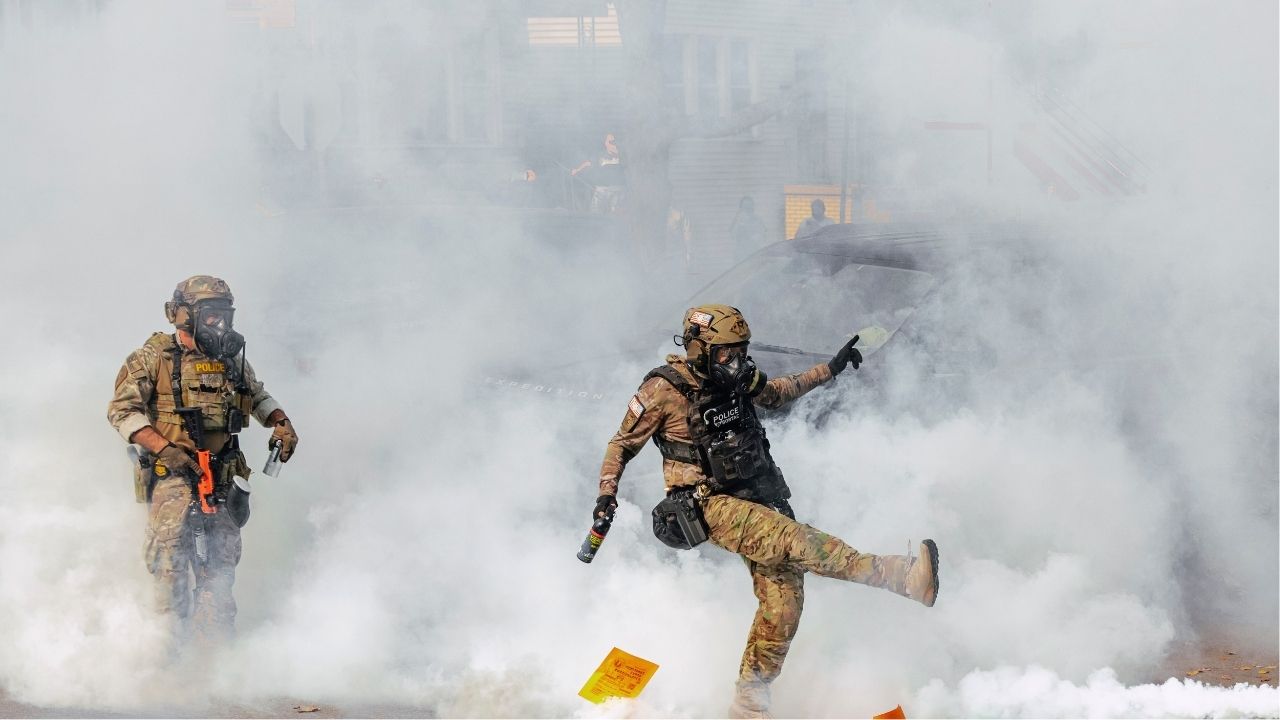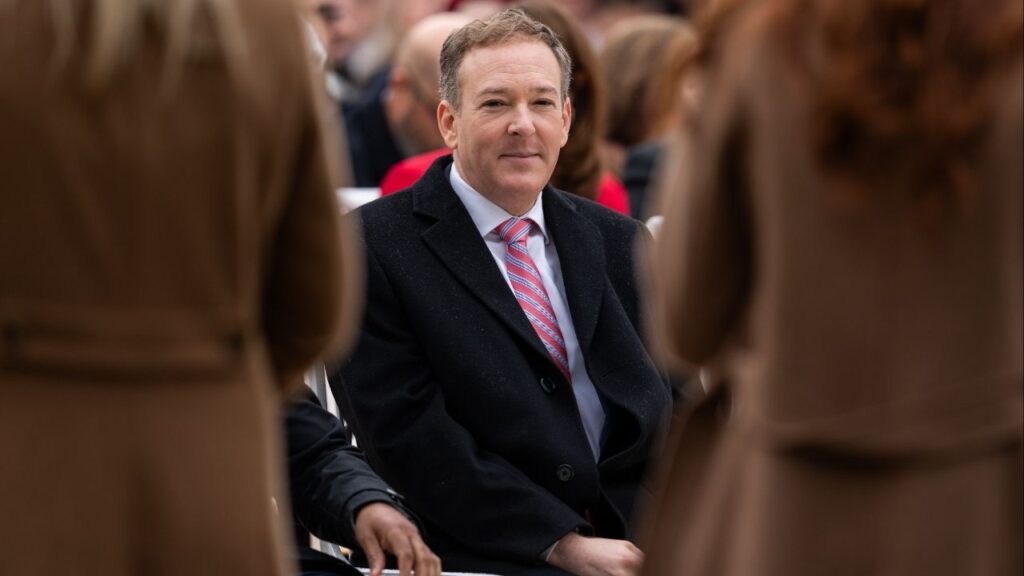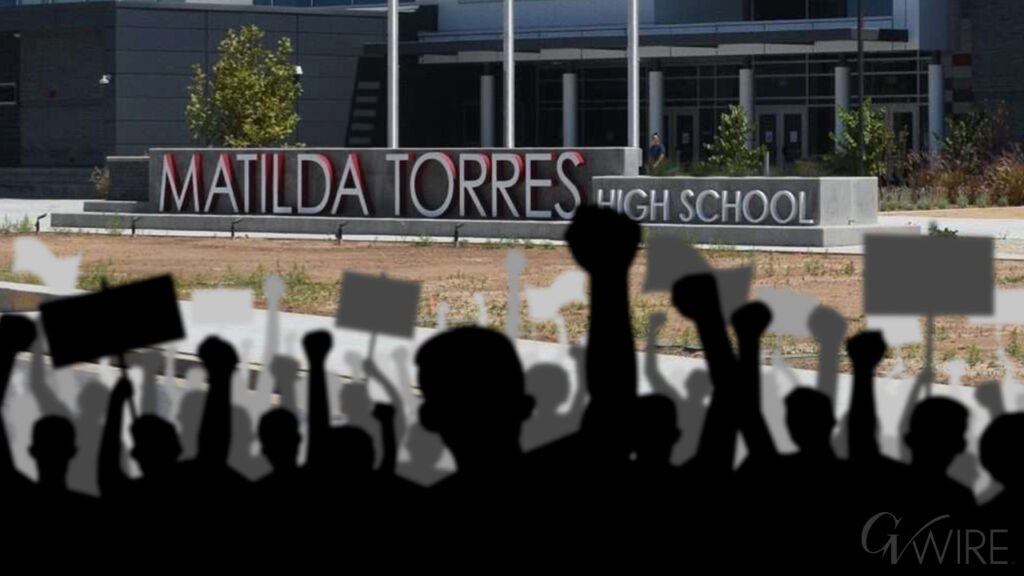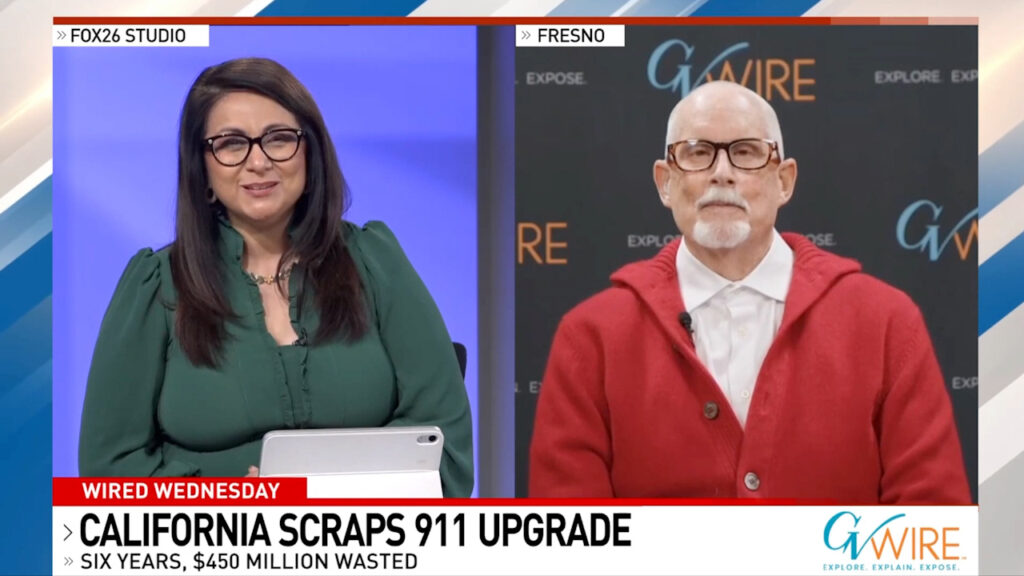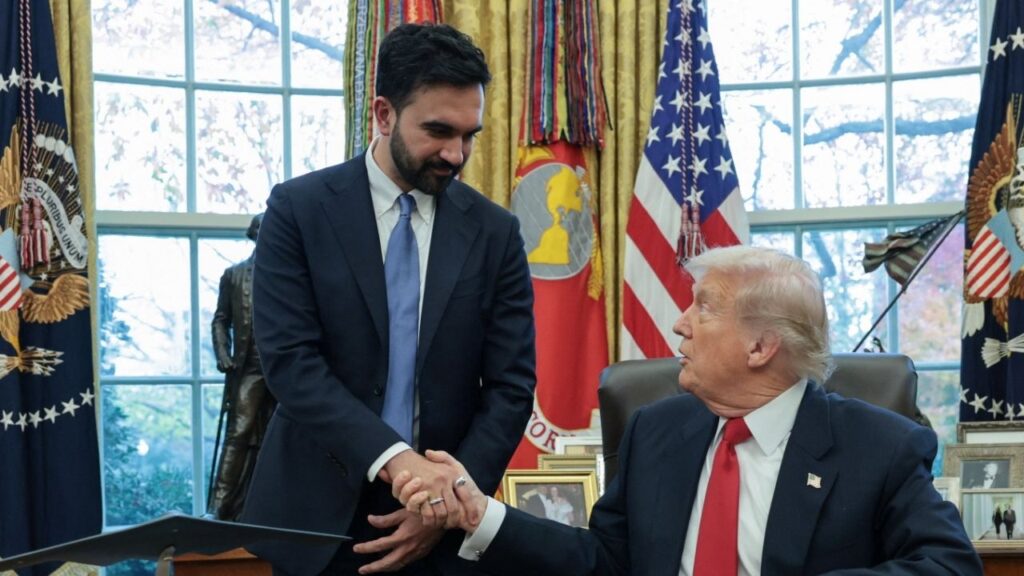A member of the Border Patrol Tactical Unit, BORTAC, kicks a tear gas canister toward a crowd of people during clashes with community members amid immigration raids in the East Side neighborhood of Chicago, Oct. 14, 2025. A federal judge in Chicago said on Thursday that she was “profoundly concerned” that federal agents might have violated a court order that she had issued setting strict limits on their use of tear gas and requiring them to give protesters warnings to disperse, and also said she would order federal agents to wear body cameras. (Jamie Kelter Davis/The New York Times)

- A federal judge expressed deep concern over ICE’s possible tear gas violations, ordering agents to wear body cameras in Chicago.
- Judge Sara Ellis summoned ICE’s Chicago field director after reports agents failed to give dispersal warnings during protests.
- Media groups allege “extreme brutality” by federal agents, with journalists attacked during deportation raids under Operation Midway Blitz.
Share
|
Getting your Trinity Audio player ready...
|
CHICAGO — A federal judge in Chicago said Thursday that she was “profoundly concerned” that federal agents might have violated a court order that she had issued setting strict limits on their use of tear gas and requiring them to give protesters warnings to disperse.
Judge Sara L. Ellis of U.S. District Court for the Northern District of Illinois, also said she would order federal agents to wear body cameras, and for the director of the Immigration and Customs Enforcement’s Chicago field office to appear in her courtroom Monday morning.
The order is focused on Operation Midway Blitz, the Trump administration’s deportation effort in the Chicago area that began in September. As agents from Border Patrol and ICE have started conducting high-profile raids, Chicago area residents have protested, especially near an ICE facility in the suburb of Broadview, Illinois. Residents have also clashed with immigration agents as the agents have carried out operations along Chicago streets, episodes that have sometimes ended with agents using tear gas to disperse crowds.
The Trump administration has said that the protests amount to a “rebellion” that justify the deployment of National Guard troops. That effort remains blocked for now, by a different federal judge’s ruling in a separate lawsuit.
Thursday’s proceeding before Ellis, who was nominated by President Barack Obama, sets the stage for what could be a high-stakes confrontation next week with Russell Hott, the director of ICE’s Chicago field office. “The field director is going to explain to me why I am seeing images of tear gas being deployed and reading reports that there were no warnings given out in the field,” she said.
During the hearing, a Justice Department attorney, Sean Skedzielewski, pushed back on some of the allegations, saying that federal agents had given warnings to protesters who gathered at one point in the Albany Park neighborhood, where tear gas was used.
Ellis emphasized that law enforcement should consider the setting when deciding on crowd control tactics. “We’re not on the border,” she said. “We are in an urban, densely populated area.”
The lawsuit before Ellis was filed by a group of media organizations, journalists and protesters who accused federal agents of “a pattern of extreme brutality” intended to “silence the press and civilians.” They told the court that officers had shot pepper balls and used pepper spray on them without warning.
A declaration from Jeff Arnold, the president of the Chicago Headline Club, recounts “six confirmed incidents” of “assaults on journalists by federal agents” including pepper balls shot through the open window of a marked press van with a CBS News reporter inside. That episode is reportedly under criminal investigation by the Illinois State Police.
Arnold told the court that another journalist was taken into custody for six hours and then released without being charged.
A spokesperson for the Department of Homeland Security did not immediately respond to a request for comment. In court filings, the government argued that putting court-mandated restraints on agents would amount to “micromanagement” of their decisions when faced with “dangerous crowds.” The government asserted that protesters had engaged in vandalism and assault at the Broadview facility, and “blocked all means of ingress and egress.”
Ellis, ruling on a temporary and emergency basis, sided with the plaintiffs. She found that they were likely to prevail on their claims that the government was retaliating against them for work that was protected by the First Amendment. She also found that the plaintiffs were likely to prevail on claims by religious leaders that the use of pepper balls against them while protesting at the Broadview facility most likely amounted to interference with constitutionally-protected religious exercise.
On Thursday, Skedzielewski argued that monitoring body-camera footage would be difficult, requiring teams of people to review and redact footage. Ellis responded that said she had no issue with the government enforcing federal law.
“What I do have a problem with, is if we have allegations that government agents are enforcing the law in a way that violates the Constitution,” she said. “Don’t violate the Constitution, and we never have to pull any video from anybody, ever.”
Details of the new body-camera requirement were still being worked out. At the end of the hearing, Ellis told the two sides to confer and then get back to her with a proposed order.
—
This article originally appeared in The New York Times.
By Mattathias Schwartz and Robert Chiarito/Jamie Ketler Davis
c. 2025 The New York Times Company


